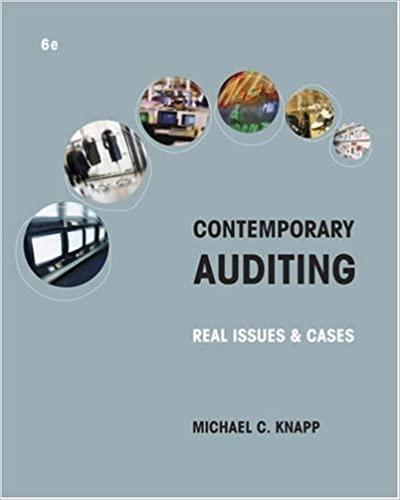

- Coastal District sales revenue was $1,500,000, and its cost of goods sold amounted to $633,750. - The Coastal District spent $75,000 on advertising. - General and administrative expenses for the Coastal District amounted to $180,000. - At the New Haven store, sales were 40 percent of Coastal District sales, while sales at the Boston store were 35 percent of district sales. The cost of goods sold in both New Haven and Boston was 42 percent of sales. - Variable selling expenses (sales commissions) were 6 percent of sales for all stores, districts, and regions. - Variable administrative expenses were 2.5 percent of sales for all stores, districts, and regions. - Maintenance cost includes janitorial and repair services and is a direct cost for each store. The store manager has complete control over this outlay. Maintenance costs were incurred as follows: New Haven, \$7,500; Boston, \$600; and Portland, \$4,500. - Advertising is considered a direct cost for each store and is completely under the control of the store manager. The New Haven store spent two-thirds of the Coastal District total outlay for advertising, which was 10 times the amount spent in Boston on advertising. - Coastal District rental expense amounted to $150,000. - The rental expenses at the New Haven store were 40 percent of the Coastal District's total, while the Boston store incurred 30 percent of the district total. - District expenses were allocated to the stores based on sales. - New England Region general and administrative expenses of $165,000 were allocated to the Coastal District. These expenses were, in turn, allocated equally to the district's three stores. Required: 1. Prepare the May segmented income statement for the Coastal District and for the New Haven and Boston stores. 2. Compute the Portland store's operating income for May. 3. Discuss the impact of the responsibility-accounting system and bonus structure on the managers' behavior and the effect of their behavior on the financial results for the New Haven store and the Boston store. 4. The assistant controller for the New Fngland Region, Jack Isner, has heen a close friend of the New Haven store manager for over 20 years. When Isner saw the segmented income statement (as prepared in requirement 1), he realized that the New Haven store manager had really gone overboard on advertising expenditures. To make his friend look better to the regional management, he reclassified $25,000 of the advertising expenditures as miscellaneous expenses, and buried them in - Coastal District sales revenue was $1,500,000, and its cost of goods sold amounted to $633,750. - The Coastal District spent $75,000 on advertising. - General and administrative expenses for the Coastal District amounted to $180,000. - At the New Haven store, sales were 40 percent of Coastal District sales, while sales at the Boston store were 35 percent of district sales. The cost of goods sold in both New Haven and Boston was 42 percent of sales. - Variable selling expenses (sales commissions) were 6 percent of sales for all stores, districts, and regions. - Variable administrative expenses were 2.5 percent of sales for all stores, districts, and regions. - Maintenance cost includes janitorial and repair services and is a direct cost for each store. The store manager has complete control over this outlay. Maintenance costs were incurred as follows: New Haven, \$7,500; Boston, \$600; and Portland, \$4,500. - Advertising is considered a direct cost for each store and is completely under the control of the store manager. The New Haven store spent two-thirds of the Coastal District total outlay for advertising, which was 10 times the amount spent in Boston on advertising. - Coastal District rental expense amounted to $150,000. - The rental expenses at the New Haven store were 40 percent of the Coastal District's total, while the Boston store incurred 30 percent of the district total. - District expenses were allocated to the stores based on sales. - New England Region general and administrative expenses of $165,000 were allocated to the Coastal District. These expenses were, in turn, allocated equally to the district's three stores. Required: 1. Prepare the May segmented income statement for the Coastal District and for the New Haven and Boston stores. 2. Compute the Portland store's operating income for May. 3. Discuss the impact of the responsibility-accounting system and bonus structure on the managers' behavior and the effect of their behavior on the financial results for the New Haven store and the Boston store. 4. The assistant controller for the New Fngland Region, Jack Isner, has heen a close friend of the New Haven store manager for over 20 years. When Isner saw the segmented income statement (as prepared in requirement 1), he realized that the New Haven store manager had really gone overboard on advertising expenditures. To make his friend look better to the regional management, he reclassified $25,000 of the advertising expenditures as miscellaneous expenses, and buried them in








